LG B5 is really a good OLED television, which shows that you don't have to spend a fortune for very good quality. It offers deep blacks typical of organic panels, very good colour reproduction – especially after calibration – and enjoyable HDR movie watching experiences. All of this means that evening screenings can provide cinema-like emotions even without resorting to much more expensive screens. The smoothness of the picture and the set of features for gamers also deserve recognition. A 120 Hz panel, low input lag, full support for HDMI 2.1, variable refresh rates, and Dolby Vision Gaming mode make the B5 a very versatile screen – both for gaming and watching sports. The friendly webOS system with a Magic remote adds to the package, providing convenient access to content and simplifying operation. However, not everything is perfect. Compared to the B4 model, a slight drop in brightness can be noticeable, especially in very bright rooms. For some users, the lack of DTS audio support may also be a problem, which could force some workarounds when connecting Blu-ray players. Despite this, LG B5 remains one of the most sensible choices for those who want to enter the world of true cinema – without overspending, but also without major compromises. It's a screen that doesn’t need to prove anything – it simply delights the eye with excellent picture quality and works as it should.
- Matching (Score)
- Our verdict
- TV appearance
- Where to buy
- Contrast and black detail
- HDR effect quality
- Factory color reproduction
- Color reproduction after calibration
- Smoothness of tonal transitions
- Image scaling and smoothness of tonal transitions
- Blur and motion smoothness
- Console compatibility and gaming features
- Input lag
- Compatibility with PC
- Viewing angles
- Daytime performance
- Panel details
- TV features
- Apps
- Playing files from USB
- Sound
LG OLED B5 vs Philips OLED770
Direct comparison
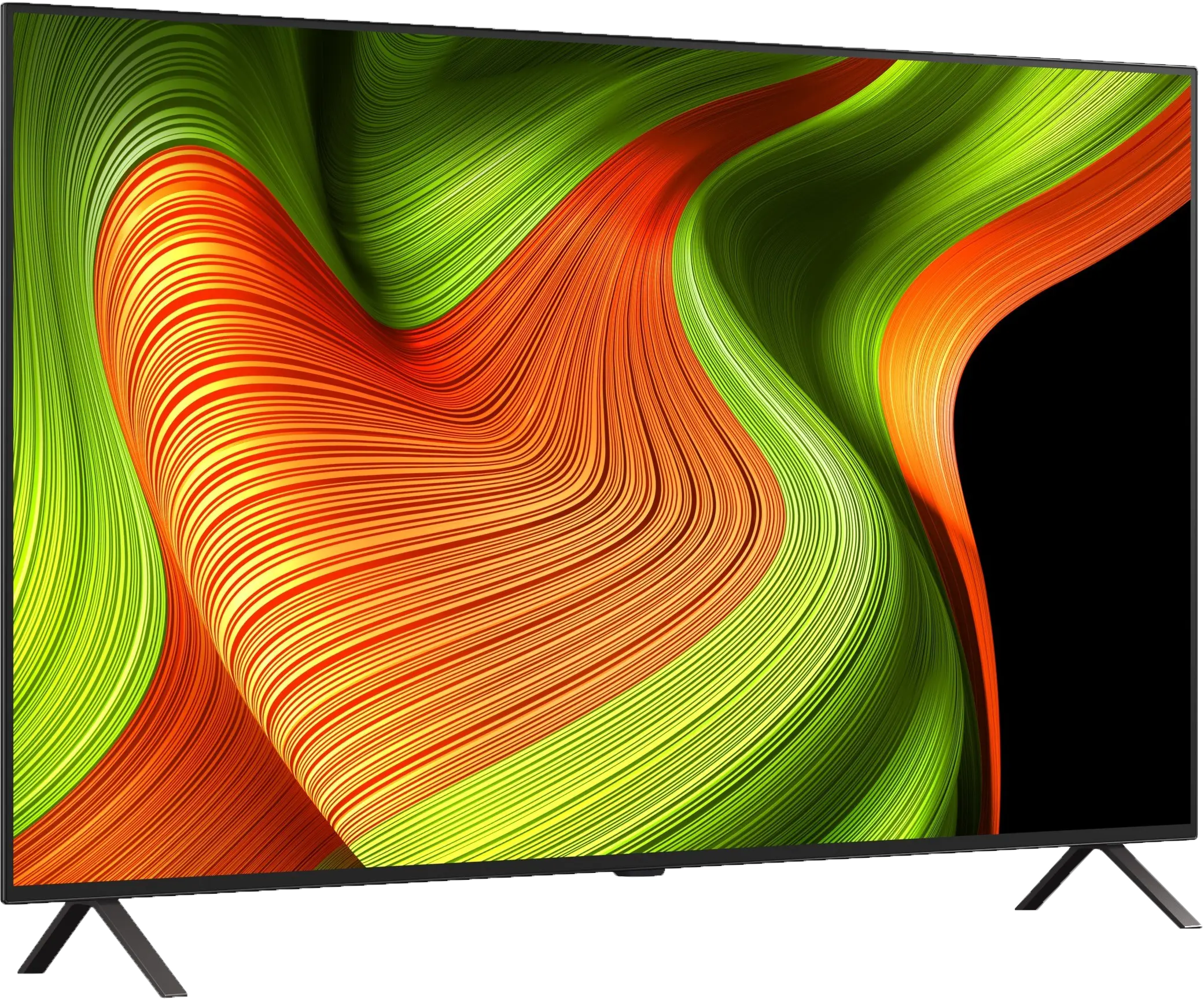

Panel type: WRGB OLED
Resolution: 3840x2160
System: WebOS
Model year: 2025
Complete the survey to find out the result

Panel type: WRGB OLED
Resolution: 3840x2160
System: Titan OS
Model year: 2025
Complete the survey to find out the result

Overall rating
7.8
7.5
Movies and series in UHD quality
7.9
8.0
Classic TV, YouTube
8.6
8.6
Sports broadcasts (TV and apps)
8.5
8.4
Gaming on console
9.2
9.2
TV as a computer monitor
7.6
7.6
Watching in bright light
4.9
4.8
Utility functions
7.9
5.5
Apps
9.1
6.7
Sound quality
7.0
7.0
Complete the survey to find out what fits your preferences
Advantages
Perfect black and contrast
Pleasant image in HDR format
Excellent colour reproduction capabilities
120Hz OLED panel - great motion fluidity
4 HDMI 2.1 ports and full support for gamers (VRR, ALLM, Dolby Vision Gaming, HGiG)
Very low input lag
Correct content scaling and good digital processing
User-friendly webOS system with a Magic remote
Built-in USB recording function from built-in DVB-T/T2 tuners
Excellent picture quality typical of OLED – perfect black, infinite contrast
AmblightTV system
Support for multiple HDR formats including Dolby Vision and HDR10+
Great picture quality after calibration
Decent viewing angles
Excellent motion smoothness – 120Hz OLED panel!
Many features for gamers: VRR, ALLM, Dolby Vision Gaming
Low input lag
4 HDMI 2.1 ports!
Disadvantages
Average brightness and poor performance in bright rooms
No support for DTS formats
Different remote versions in derivative models – difficult to predict which version we will receive
TitanOS has very few applications and has annoying bugs
The remote control works on infrared
Not the best upscaling quality
Average reflection suppression – the screen behaves like a slightly dimmed mirror
Our verdict
Philips OLED770 is a television that stands out primarily due to the quality of its picture – the characteristic perfect black and infinite contrast typical of OLEDs make even the most ordinary evening of watching a series feel like a small cinematic experience. After calibration, the colours gain naturalness and coherence, and details in dark scenes are separated from the lights with surgical precision. It is a screen that gives the impression of engaging with premium-class technology, even though formally it is a budget OLED in Philips' portfolio. The second pillar on which the OLED770 stands very firmly is gaming. Here, the manufacturer has really done their homework. VRR works up to 120 Hz, and we have an automatic game mode (ALLM), while input lag in standard HDR10 or SDR modes at 120 Hz can drop to 5 ms – results that will easily satisfy even the most demanding gamers. And finally, the Ambilight system – for many, it is just a gadget, but during longer sessions, it really makes a difference. The colourful LEDs behind the screen dynamically respond to what is happening in the game and can immerse you even further into the virtual world. This is precisely why one could risk stating that the OLED770 is one of the more interesting budget gaming televisions on the market.
However, not everything shines so brightly when it comes to Smart TV... TitanOS is the biggest drawback of this model. Theoretically, it has everything needed: access to applications, AirPlay support, and voice commands. In practice, however, the app list is limited, screen mirroring often does not work at all, and voice search does not support the Polish language. Additionally, the remote control, although well-designed and backlit – works via infrared, which sounds downright anachronistic in 2025. The system is supposedly fast, but it can be irritating due to errors, and instead of encouraging usage, at times it rather encourages us to turn it off. And here we come to the crux: the OLED770 is a television that works great as a screen for films and games, but not necessarily as a multimedia centre for the home. For someone who primarily uses a console, home cinema, or operator's decoder – this will be a well-chosen option. We get a fantastic picture, a full set of modern gaming functions, and of course, the proprietary AmbilightTV lighting system! But if someone is looking for a television that is meant to replace everything and be a multimedia powerhouse, it is better to look towards more expensive Philips models that offer more refined system solutions like GoogleTV.
TV appearance
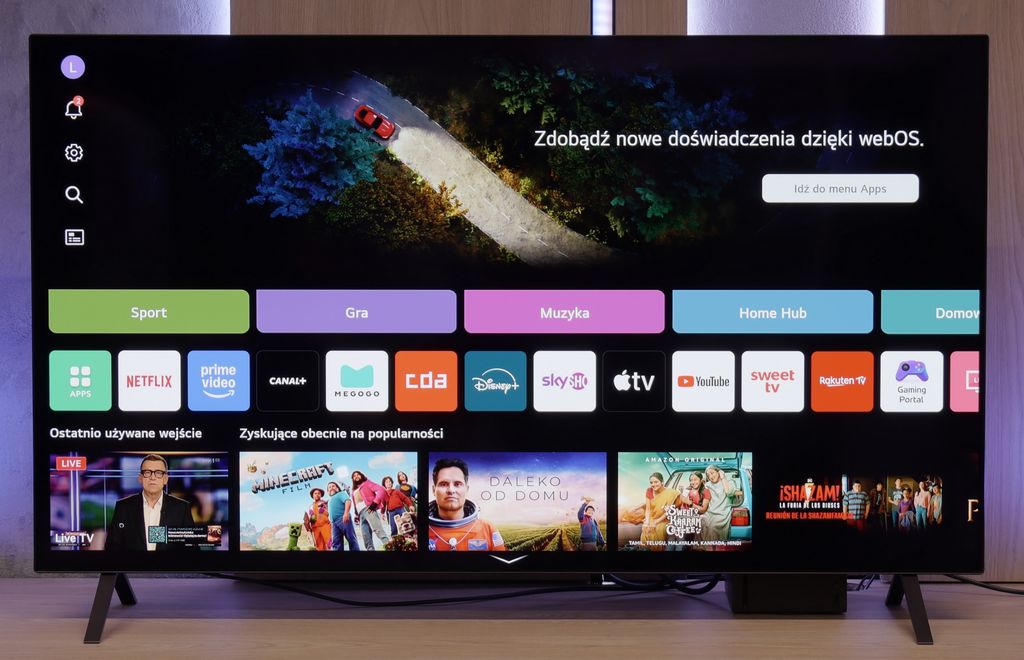
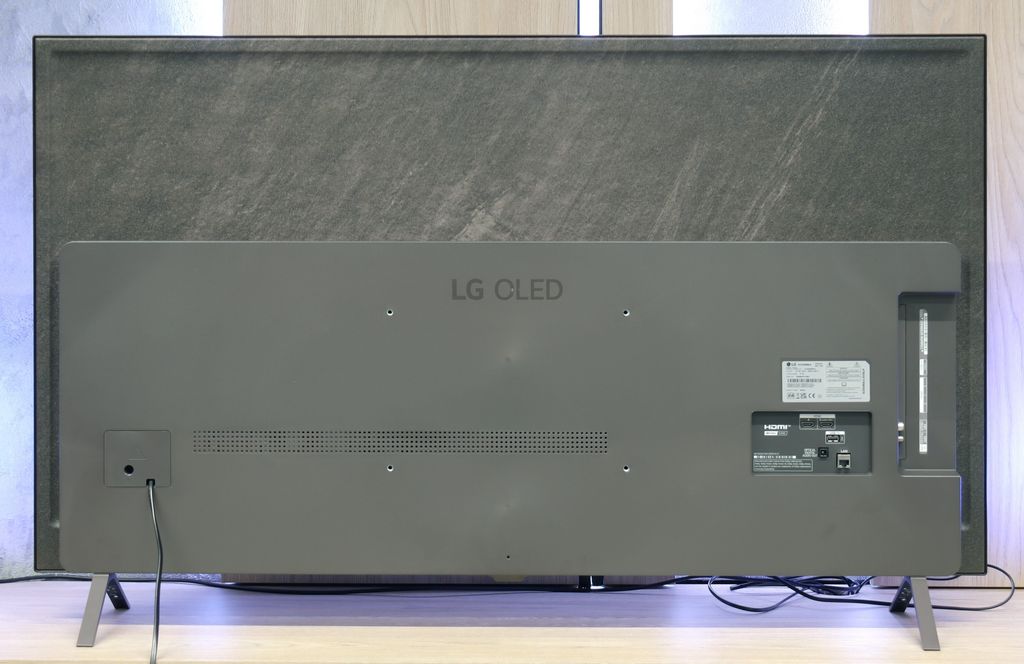
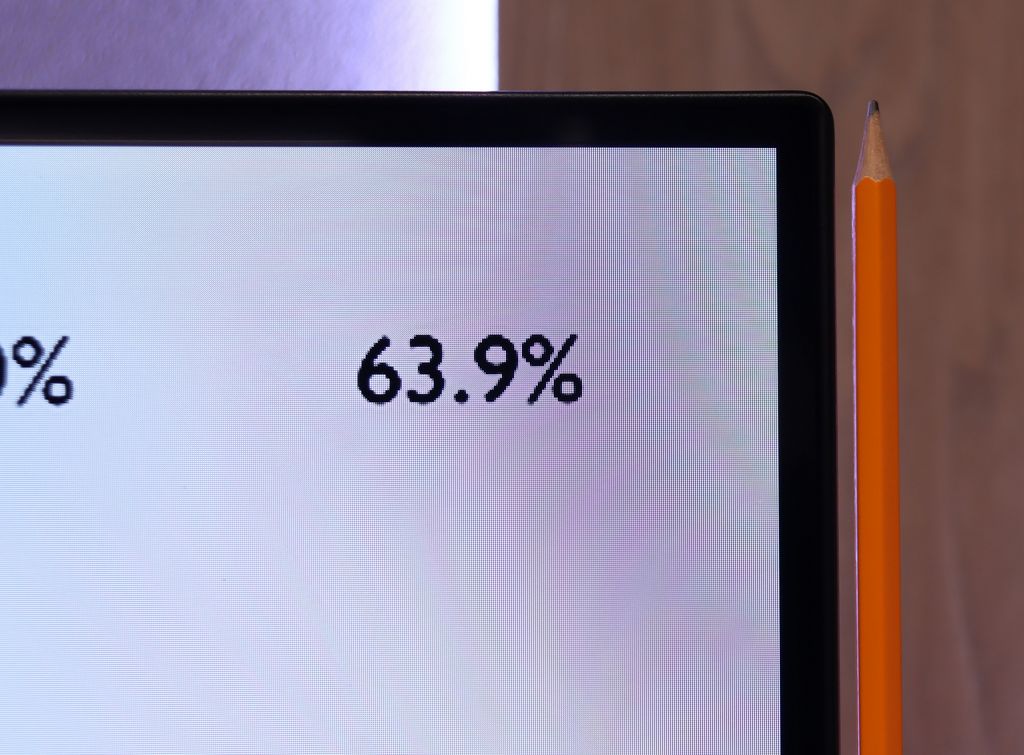




Contrast and black detail
10/10
10/10
Contrast:

Result
∞:1

Result
∞:1

Result
∞:1

Result
∞:1

Result
∞:1

Result
∞:1

Result
∞:1

Result
∞:1

Result
∞:1

Result
∞:1
Halo effect and black detail visibility:
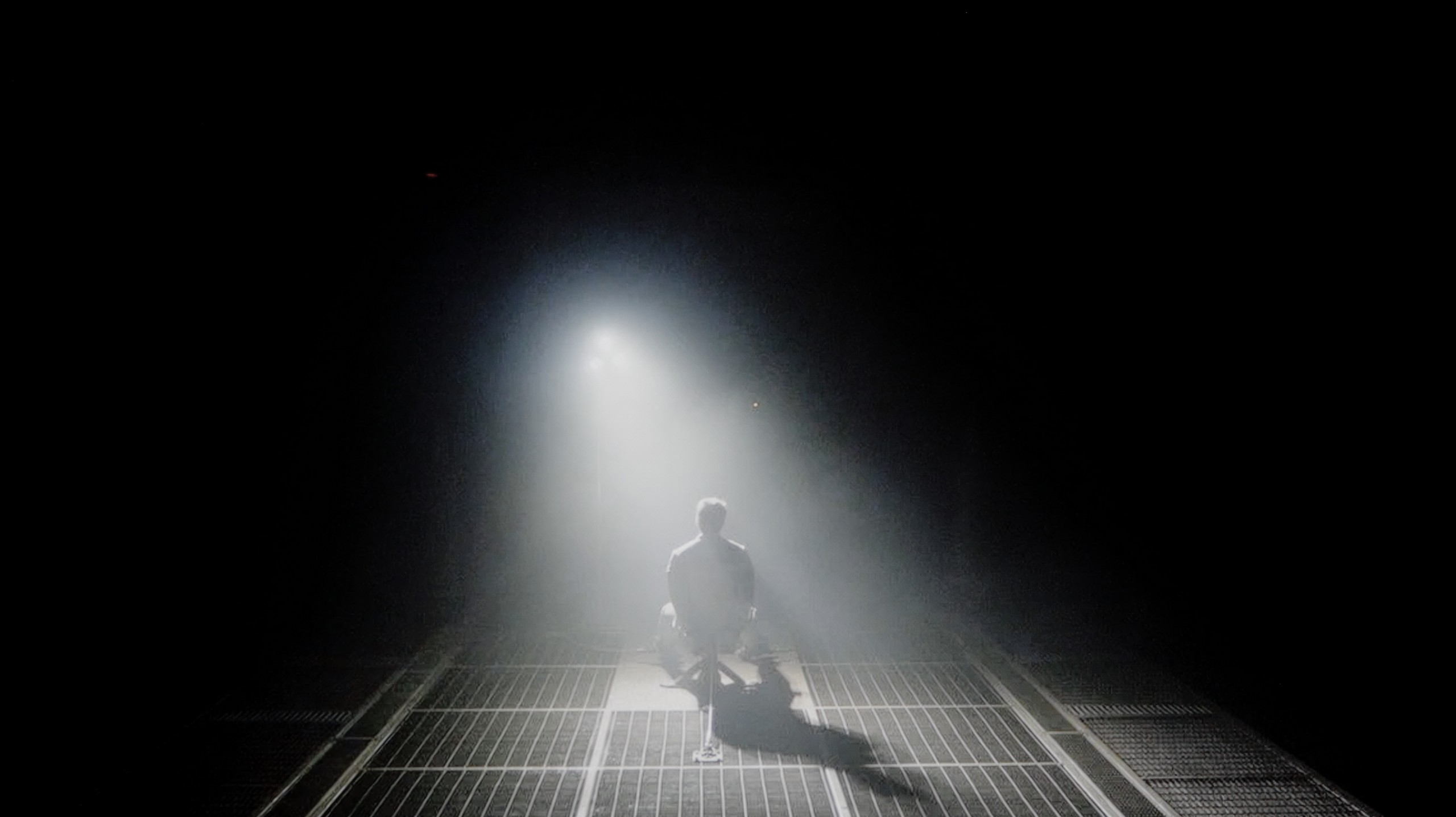

If you are looking for changes compared to last year's LG B4, we will immediately dispel any doubts – you won't find any in this category at all. And that's good. Because how to improve something that is already bordering on perfection? The LG B5, as a television with an organic WOLED panel, offers black as tar scenes and a contrast that is hard to find even in the most expensive LCD screens. The display is as clear as a bell – no bleed-through, no streaks, no halo effects that can ruin the atmosphere in cinema scenes. Here, everything is in its place. Details separate from the black with surgical precision, nothing blends together, even in the most demanding sequences from films such as The Revenant or Oblivion. This is the type of television that can enchant you, especially when the room goes completely dark. When the lights go out, the LG B5 takes centre stage – and it does so spectacularly. In these conditions, OLED shines the brightest, and even top LCD models – despite advanced dimming and hundreds of zones – simply fall behind.
In terms of black levels and contrast, the Philips OLED770 does not introduce any revolution – but with OLEDs, it would be difficult to expect one. The organic matrix allows for the complete dimming of individual pixels, which in practice gives us almost perfect black and contrast that reaches infinity. Whether we are watching night scenes in films or scenes full of small bright points, the television precisely separates details from the background. There are no halo effects or other artifacts typical of LCD televisions with local dimming. Choosing an OLED – including the 770 model – provides assurance that in this category, the picture will look stunning.
HDR effect quality
6.2/10
6/10
Luminance measurements in HDR:

Result
587 nit

Result
593 nit

Result
628 nit

Result
589 nit

Result
470 nit

Result
546 nit

Result
657 nit

Result
726 nit

Result
704 nit

Result
275 nit
Scene from the movie “Pan” (about 2800 nits)


Scene from the movie “Billy Lynn” (about 1100 nits)


Static HDR10


Dynamic: Dolby Vision
Dynamic: Dolby Vision


HDR luminance chart:
Philips OLED770
HDR luminance
Luminance of RGB colors
LG OLED B5
HDR luminance
Luminance of RGB colors
The LG B5 is a moderately bright OLED television. Regardless of the scene, it can generate around 500 nits of peak brightness. Interestingly, it achieves this even in full-screen shots saturated with white, where most OLEDs typically struggle. So is this screen suitable for HDR films? Indeed – and very much so, because such brightness allows you to truly feel the magic of HDR effects. However, it is worth noting that compared to last year's B4 model, the new B5 is darker – by about 100 nits. It may seem like a small amount, but at such average peak values, it makes quite a significant difference. Fortunately, the television compensates with another advantage – excellent coverage of the DCI-P3 and BT.2020 colour gamut. As a result, HDR films look really colourful, vibrant, and impress even in more demanding scenes.
The Philips OLED770 does not attempt to compete with the brightest OLEDs on the market, and it would be difficult to expect that, as it is the entry-level model in Philips' range for 2025. In our measurements, it reached a maximum of around 700 nits, which allows enjoyment of HDR effects in scenes where light appears sporadically – for example, in the flash of headlights or a starry sky. In such moments, the image can truly be stunning. However, it is different when there are more bright elements on the screen. The television, like many cheaper OLEDs, limits luminance in those situations, causing the entire image to noticeably dim. This was best observed in a scene from the film The Meg, where the sun comes out behind an oil rig – the brightness then dropped to around 250 nits, which is almost three times less. The HDR effect remains pleasant to the eye, but it is worth being aware that this model performs best in scenes with less intense light. Fortunately, the OLED770 has a trump card – the coverage of the DCI-P3 colour gamut is as high as 99%, so colours in films and games are vivid and very close to what the creator intended to convey.
Factory color reproduction
8.2/10
6.2/10


Factory Mode
After calibration


Factory Mode
After calibration
We tested the B5 in Filmmaker mode and... we would love to see more TVs like this straight out of the box. Truly. The white balance is set very well – there's practically nothing to complain about. Well, if one were to nitpick, one might notice a slight deficiency in blue, which makes the overall image seem slightly yellowish. But that’s just our editorial quibbling. Most of you probably wouldn’t even notice it. We also have minimal reservations about brightness management in HDR format. The EOTF curve – which is responsible for how the TV distributes brightness in a scene – is slightly below ideal. In practice, it may happen that the darkest parts of the image are displayed too dark and simply… disappear. But these are details that only come out in measurements. Generally: we are impressed. However, we also know that LG TVs respond very well to professional calibration. You can achieve almost reference-quality picture from them, so – while it's already very good out of the box – we allowed ourselves to go a step further and refine everything to perfection.
The first measurements already show that the factory settings of the Philips OLED770 have quite a lot to improve even in Filmmaker mode. The white balance chart clearly shows a lack of blue, resulting in a slightly yellowish tint to the image. In practice, the white is not snowy but leans towards warmer tones – which some may even appreciate, but from the perspective of accuracy, this is a deviation from the norm. The gamma, on the other hand, tends to the darker side – the average value is around 2.6 instead of the reference 2.4. In the midtones, the image appears subdued and more saturated, which may seem too "filmic," but detracts somewhat from naturalness. However, the most issues are evident in colour reproduction. The average error is relatively high, and some colours – particularly shades of grey – deviate significantly from what one should see. In everyday viewing, this means that sometimes colours may look less natural than we would like.
Color reproduction after calibration
9.1/10
9/10


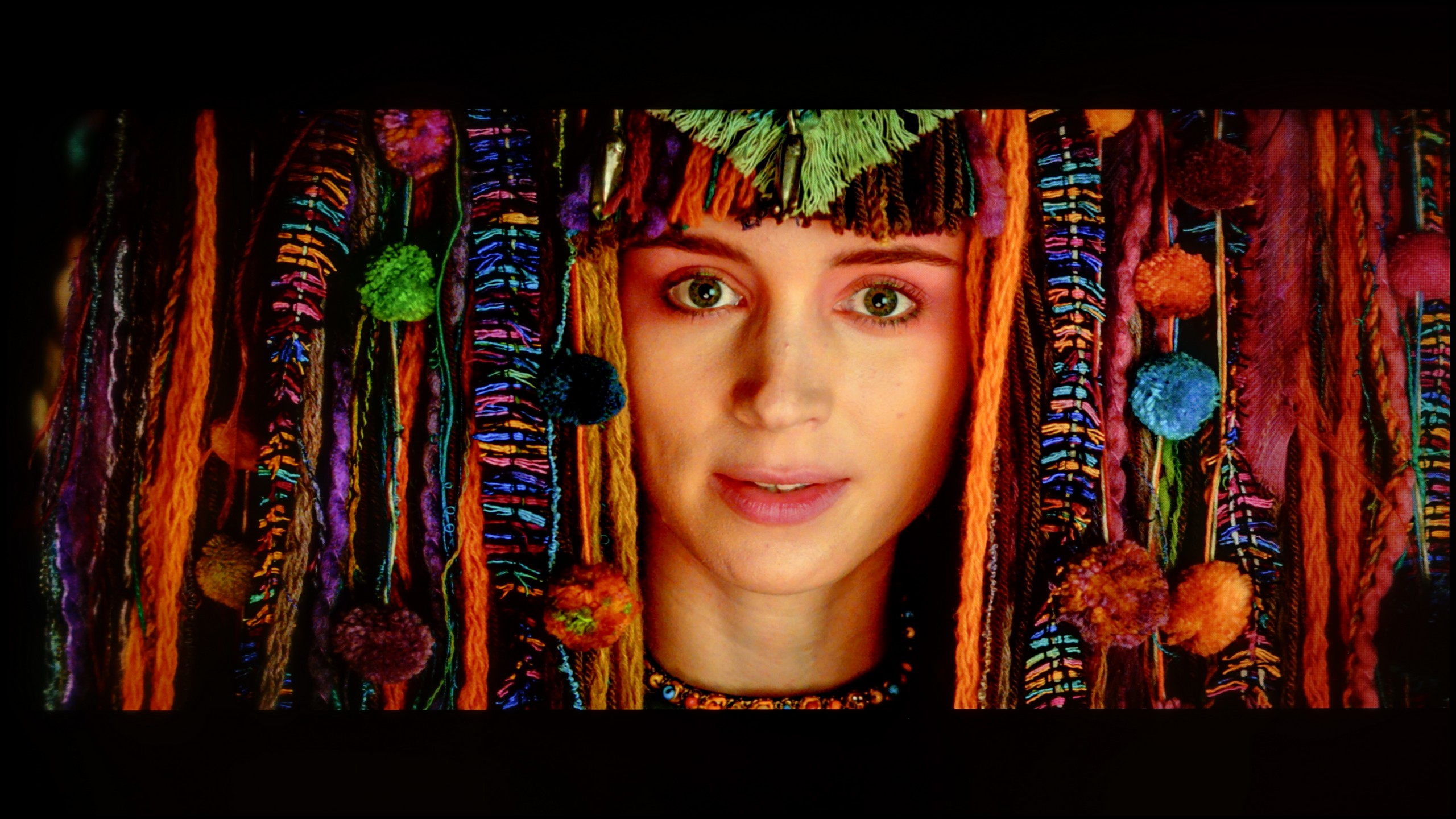

We must admit that we didn't have much work with the LG B5. It's one of those televisions that look good right from the start, but after calibration… they can really impress. The white balance was brought to almost perfect levels – to the point of errors that are invisible to the human eye, unless you are a professional colourist with a magnifying glass at the screen. We also managed to master the tendency of the television to slightly dim the darkest details, particularly in HDR scenes. After proper tuning, everything looks cohesive: black remains deep but does not consume information. Highlights maintain their natural sparkle, and colours align with the director's vision. This is truly one of those models that shows you don't have to spend a fortune to have an almost reference-quality picture. If you can opt for professional calibration – it’s definitely worth it in the case of the B5.
The Philips OLED770 from the outset signalled that it harboured significant potential, but in its factory settings, it was difficult to see this fully. The picture was often too warm, and some colours appeared to have lost their naturalness along the way. Calibration, however, revealed that it is a very responsive television – it reacted to every adjustment and almost immediately unveiled another layer of its capabilities. The white balance could be set in both SDR and HDR to eliminate the yellowish tint and introduce a neutral, clear white. The gamma stabilised closer to perfection, allowing midtones to regain their naturalness, and shadows stopped being artificially darkened, perhaps even with a slight brightening effect. The result was obvious... Films were watched with greater ease; the picture had cinematic depth, but without the feeling that something was exaggeratedly darkened. However, the most interesting aspect was the work on colours. Factory errors were not dramatic but slightly noticeable – skin tones were sometimes too warm, and grey didn’t always have the shade we expected. After calibration, the error values dropped to around 2, and in many cases even below 1. This is certainly a level lower than the threshold of human perception. In other words, after correction, the colours finally "clicked" into place. Looking at the screen, we had the impression that the television had begun to speak with its full voice. Like an instrument that has finally been well tuned.
Smoothness of tonal transitions
7.2/10
7.6/10




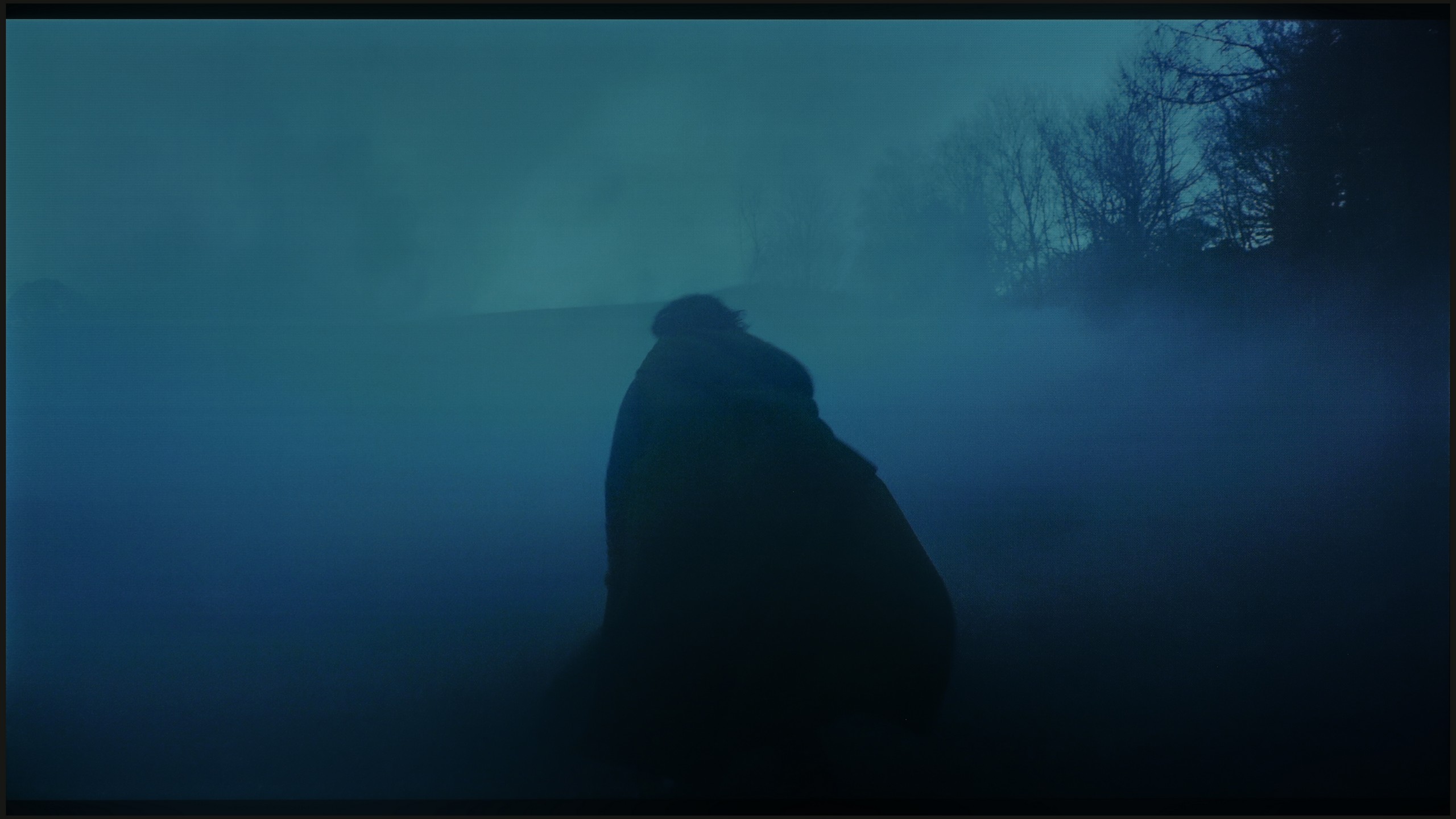

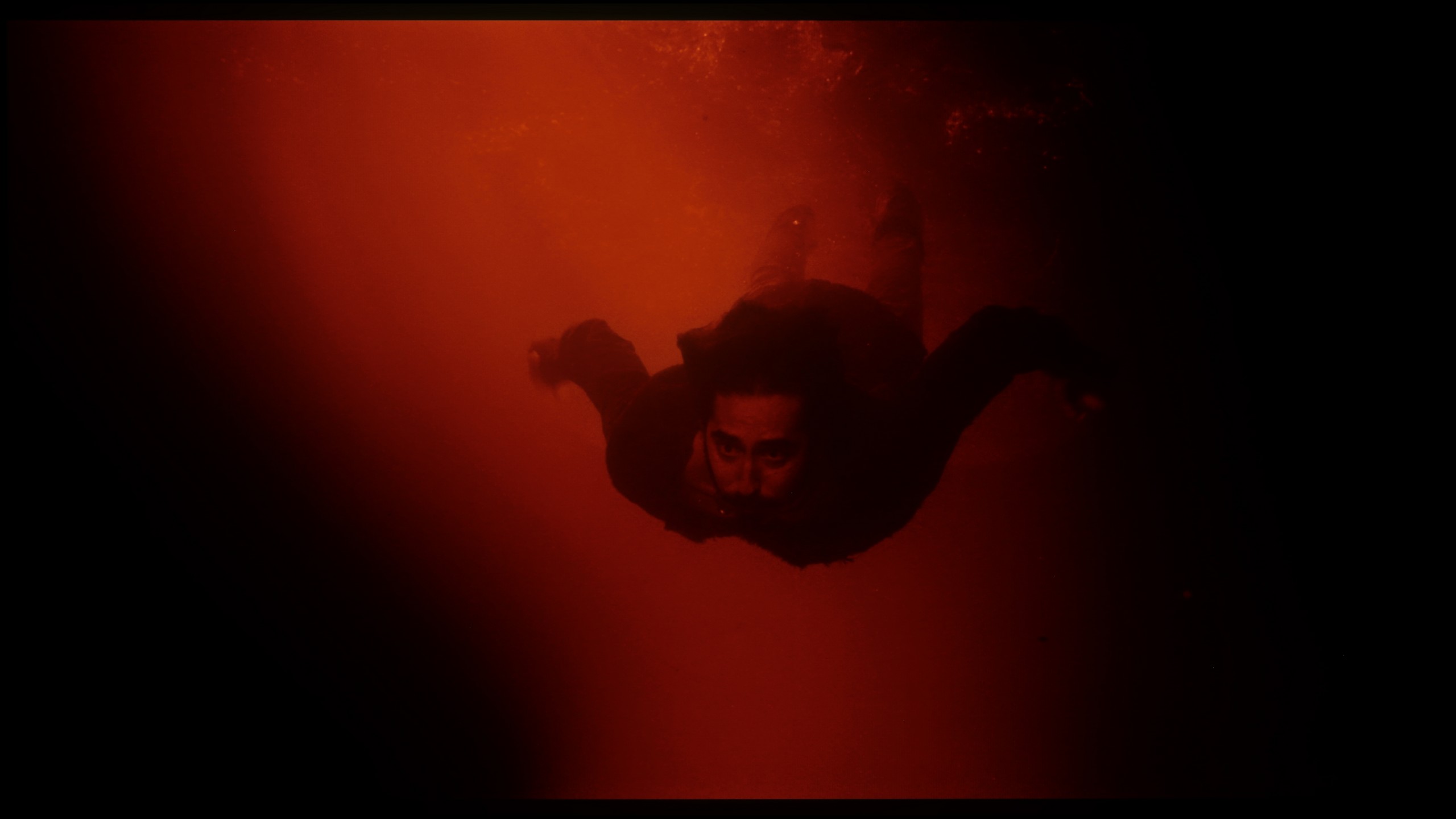





The LG B5 handles colour gradation quite decently. In bright scenes, where we have smooth transitions between skin tones, the sky, or backgrounds, the television blends colours seamlessly and without any jarring effects. At first glance – it looks good, especially considering the price. However, it is enough to reach for more challenging material – those darker, more demanding scenes with a lot of subtle transitions – and the challenges begin. Minor artefacts, false contours, and slight thickening appear. It is still not a level that dazzles or distracts from the narrative, but the difference compared to more expensive WOLED models – and even more so QD-OLED screens – becomes noticeable.
In this category, there is a clear improvement compared to last year's Philips models. The OLED770 handles colour gradation significantly better, and strongly visible transitions or artificial bands appear less frequently than before. Interestingly, we achieved the best results in dark scenes – where most televisions, especially those with WOLED panels, tend to struggle the most. A good example is the shot of an actor floating in red water – the transition from intense red to black looks nearly perfect here, without the typical "stair-stepping." The situation is somewhat worse in bright parts of the image. With extremely bright gradients, especially close to white, the television struggles to maintain smoothness. This can be observed in a scene from the film Kingsman, where subtle sunrise bands appear in the background of a bright sky with the sun instead of a smooth blur. Fortunately, these are relatively rare situations, and in everyday viewing, the OLED770 performs very solidly and does not disrupt immersion as was the case with last year's models.
Image scaling and smoothness of tonal transitions
7.5/10
7/10
Smooth transition function
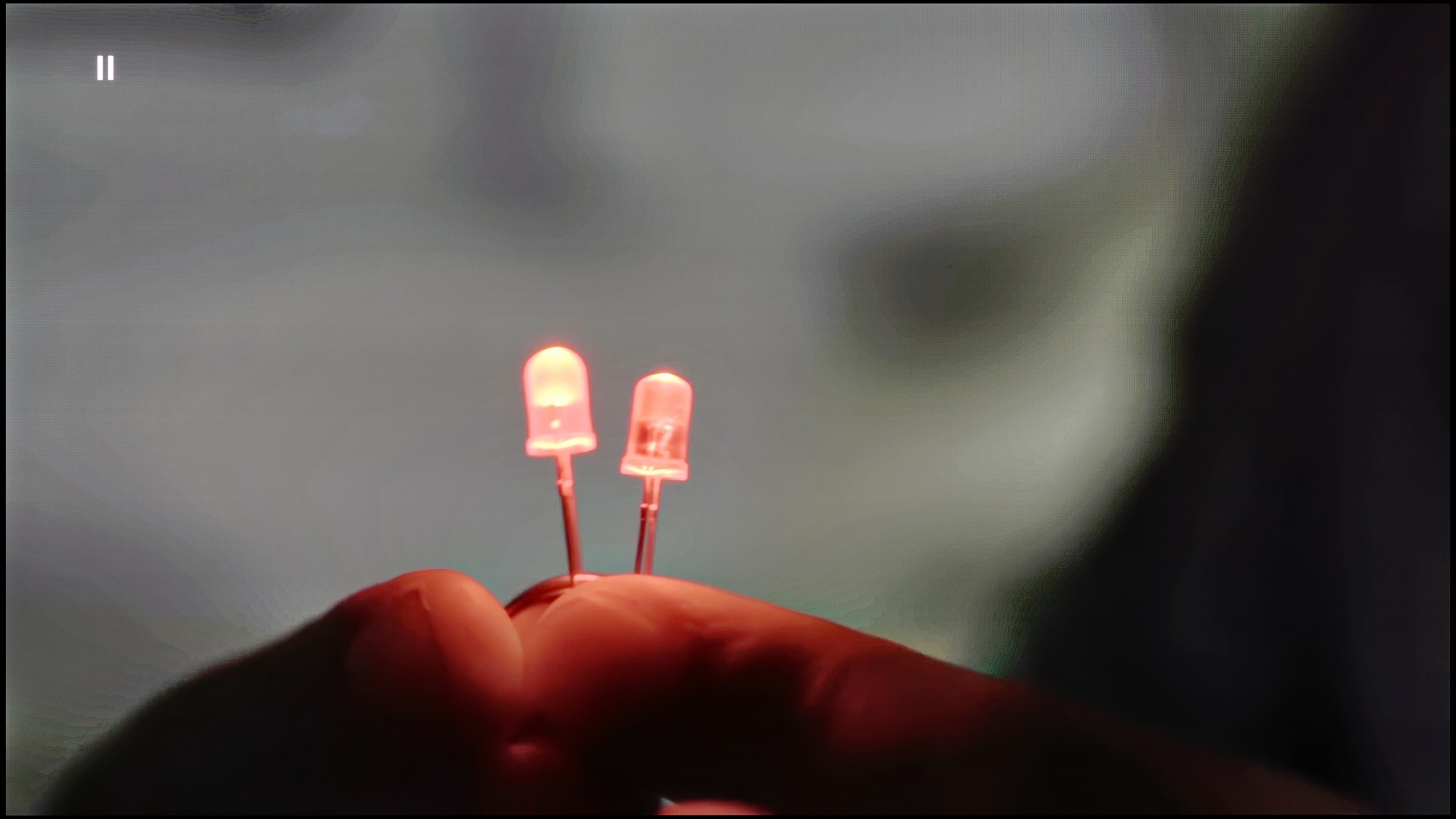

Image without overscan on the SD signal


LG B5 really positively surprised us in terms of handling lower quality content. Thanks to the enhancement and smoothing features, materials in HD resolution or even SD gain a second life. Importantly – when this option is activated at the "low" or "medium" level, we do not feel that the image is artificially softened or smoothed out unnecessarily. Details remain intact, film grain does not disappear, and the edges of objects do not look washed out 😉. This is truly a useful tool – especially if you are watching terrestrial television, archival materials, or content from YouTube in lower resolutions. The image is clear, coherent, and simply pleasant to the eye.
Scaling as such works very well – even content of poor quality is reproduced with surprising fidelity. Unfortunately, there was a slight hiccup. Although the menu contains the option to disable overscan, the television still has issues with correctly displaying images of very low resolution. It may seem like a detail, but when watching older materials – it can be irritating.
The issue of the aforementioned colour banding can largely be mitigated thanks to the 'distortion reduction' feature, which is an algorithm for smoothing tonal transitions in Philips. It performs best at a low setting – effectively eliminating unwanted colour bands while not introducing strange artefacts or losing image detail. This is one of those features that is truly worth leaving switched on.
The situation is somewhat worse regarding upscaling. The image from a lower resolution can be too soft, while in some areas, characteristic 'jaggies' appear. The impression is that the algorithm is trying to reconcile two conflicting directions – smoothing and sharpening – and ultimately fails to find a happy medium. As a consolation, it can be added that the television has no issues with overscan, meaning it does not cut off the edges of the image, which sometimes occurs in other competing models.
Blur and motion smoothness
8.5/10
8.5/10
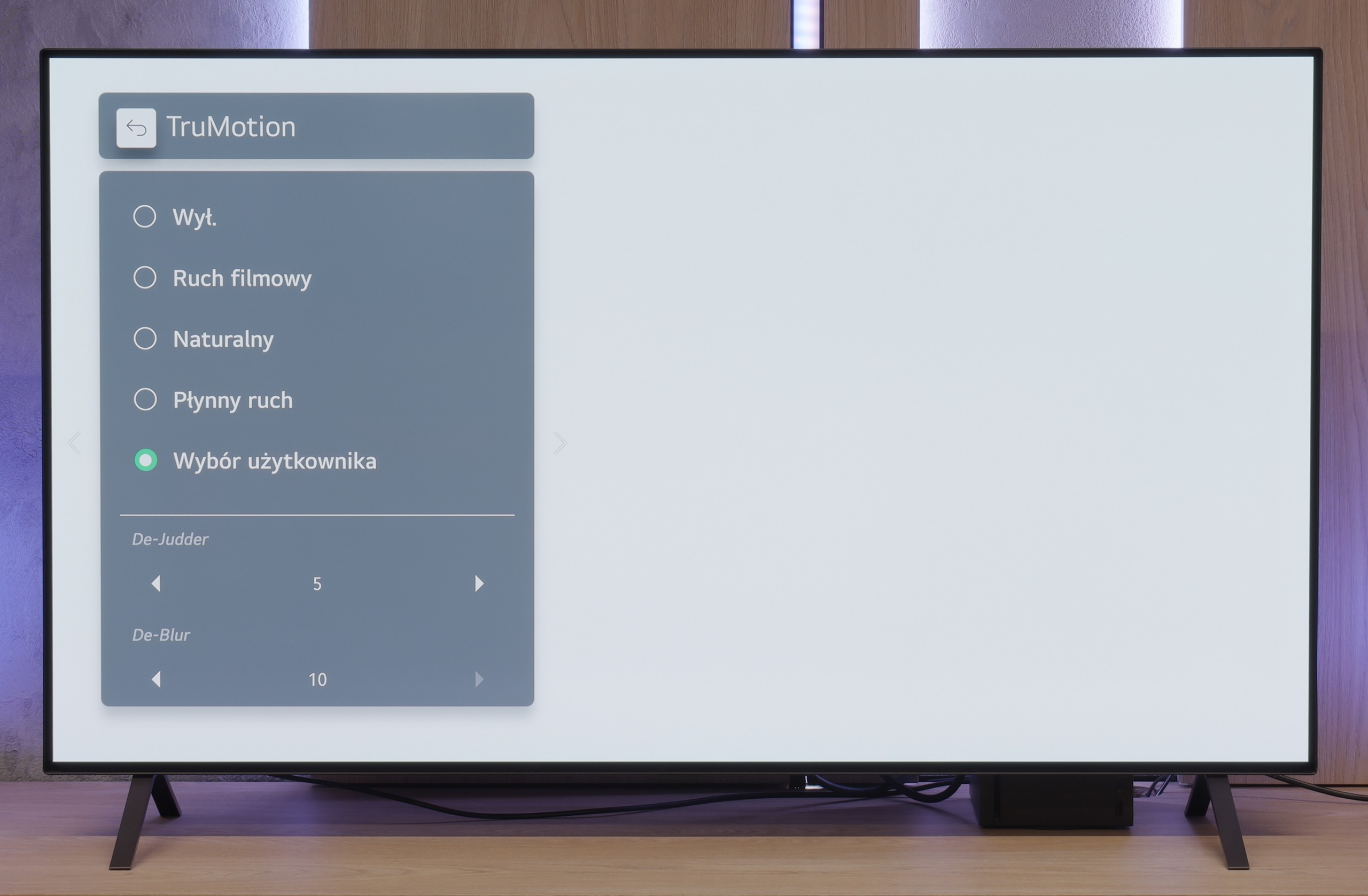

Blur (native resolution, maximum refresh rate):
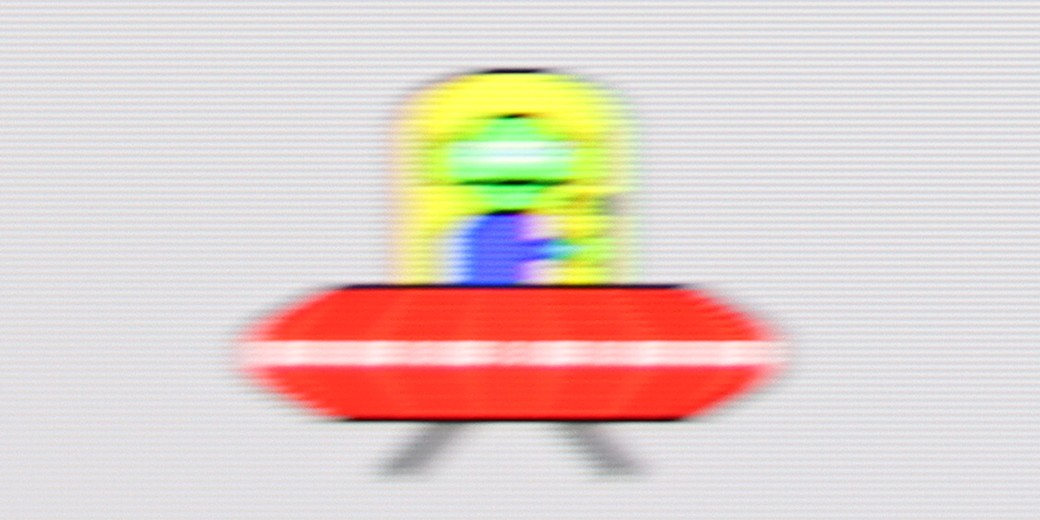
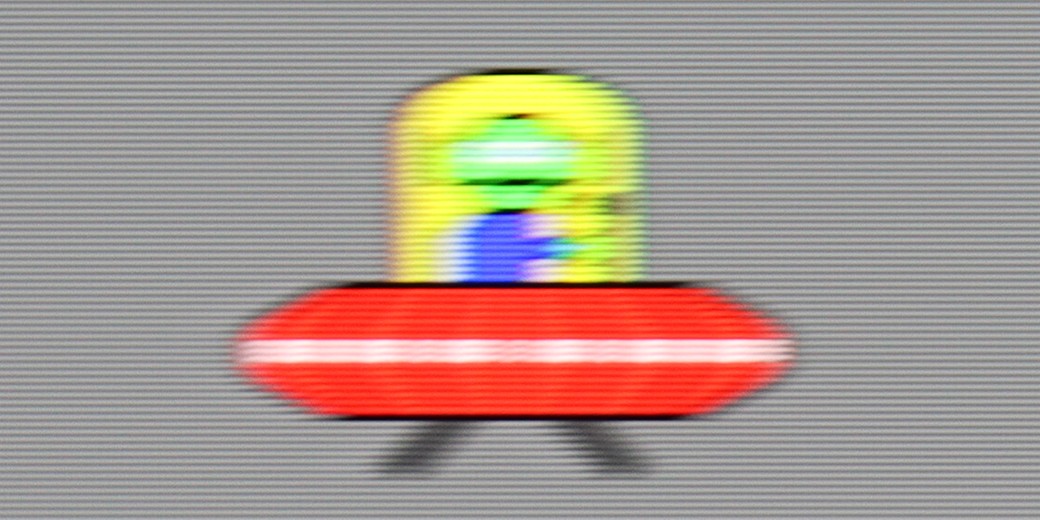
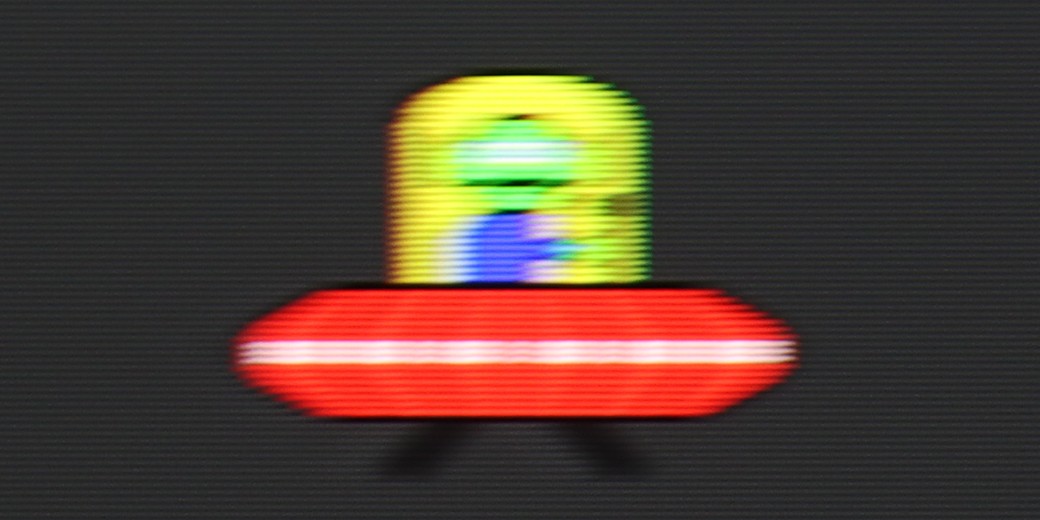



Blur ():
Blur (4K@144Hz):



LG B5 is a television with a 120 Hz OLED panel. It may not sound as impressive as the marketing claims of “144 Hz” or “165 Hz” found in gaming monitors, but honestly? The smoothness is excellent nonetheless. The picture is sharp, fluid and simply enjoyable to watch – even when there is a lot happening on screen. The organic panel does its job – the pixel response time is almost instantaneous, meaning there’s no sign of smearing or blurring that can spoil dynamic shots. Sport, fast-paced games – everything looks clear and distinct.
We also have the classic LG smoothness enhancer, TruMotion. This allows you to smooth out films shot at 24 frames per second – which, to put it bluntly, is most of what you watch on Netflix or from Blu-ray discs. If you set lower values on the “De-Judder” slider, you’ll get a picture closer to a cinematic look – with a slight judder, but without any artificiality. Higher settings? A soap opera effect is guaranteed. Fortunately, LG gives you the option to tune everything to your liking.
The issue of the matrix in the Philips OLED770 is not entirely straightforward. The manufacturer claims a 120 Hz panel, but our measurements showed that the screen can accept a 4K signal even at 144 Hz. That sounds like great news – after all, who wouldn't want an additional mode for PC gamers at this price? However, the reality turned out to be more complex. With 120 Hz content, the television behaves like most OLEDs – the image is absolutely clear, with no trace of ghosting or blurring, making it perfect for both dynamic games and sports broadcasts. The problem only arises at 144 Hz. Unlike models with official support for this frequency, here you can observe the phenomenon known as frame skipping. This means that the television cannot display all the frames – some are skipped, causing motion to lose smoothness, and double contours appear on the screen. The effect resembles the operation of the BFI function, which Philips does not offer in this model anyway.
Console compatibility and gaming features
10/10
10/10
- ALLM
- VRR
- VRR range40 - 120Hz40 - 120Hz
- Dolby Vision Game Mode
- Correct implementation of HGIG
- 1080p@120Hz
- 1440p@120Hz
- 4K@120Hz
- Game bar
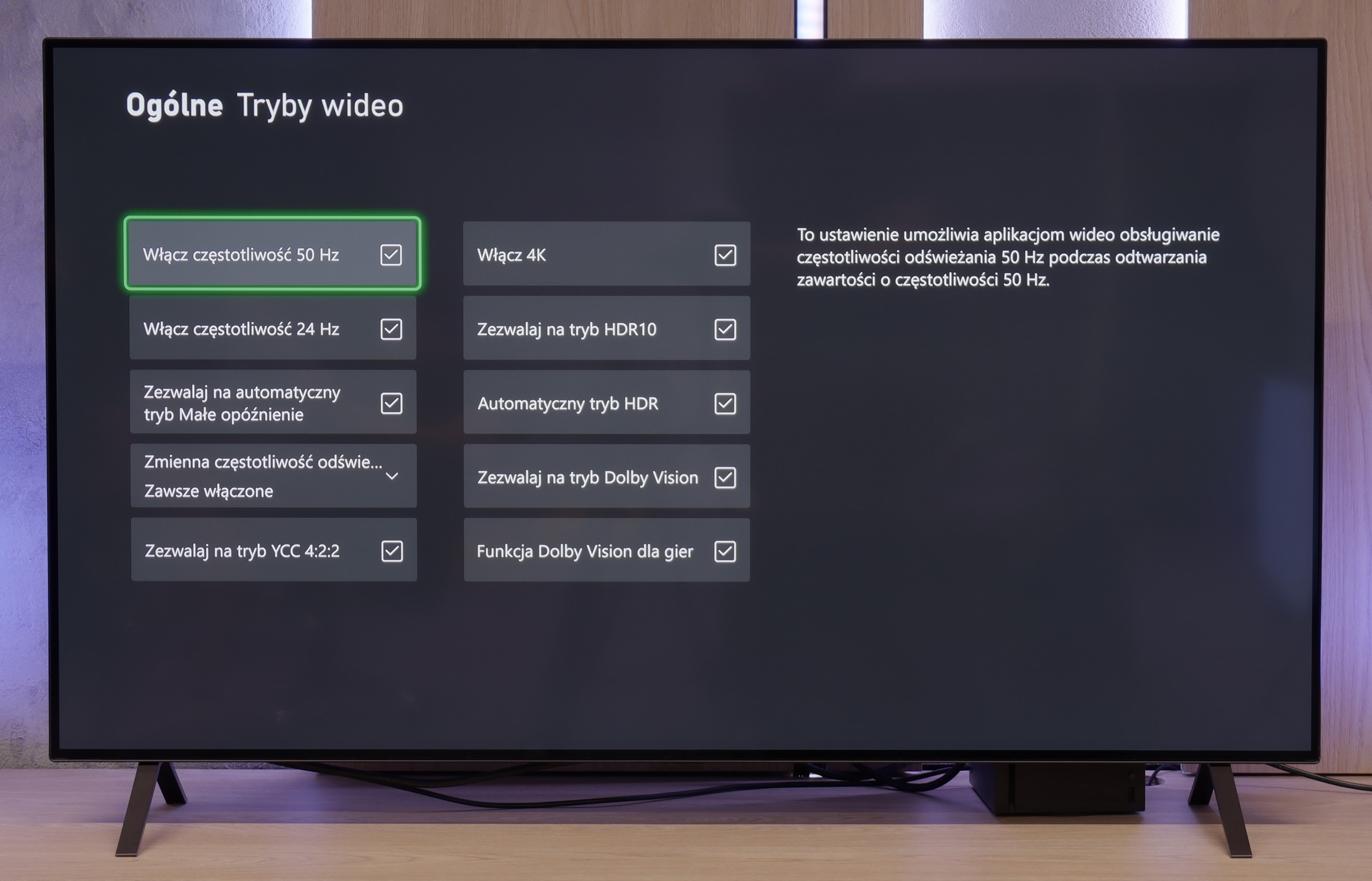

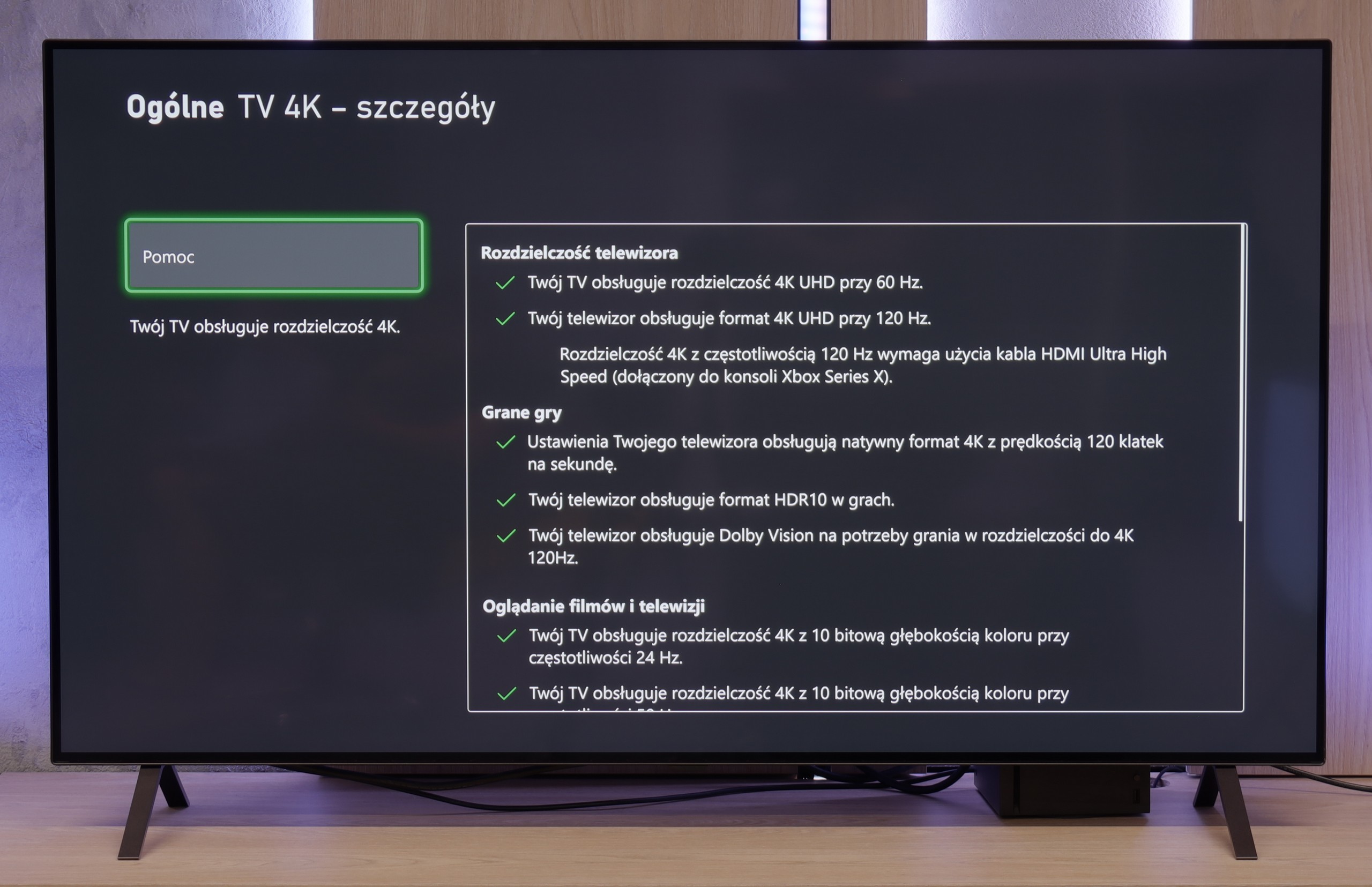

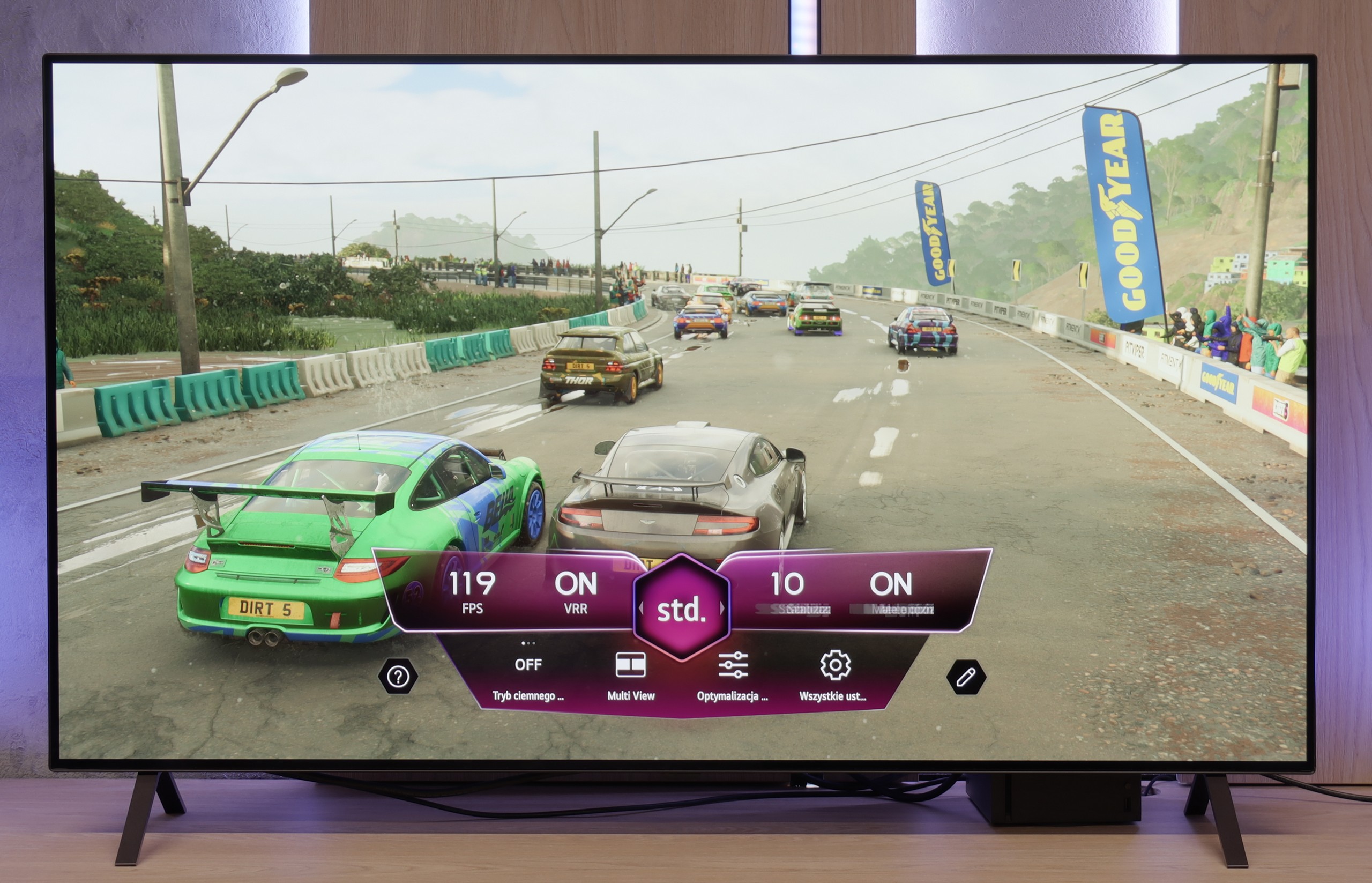

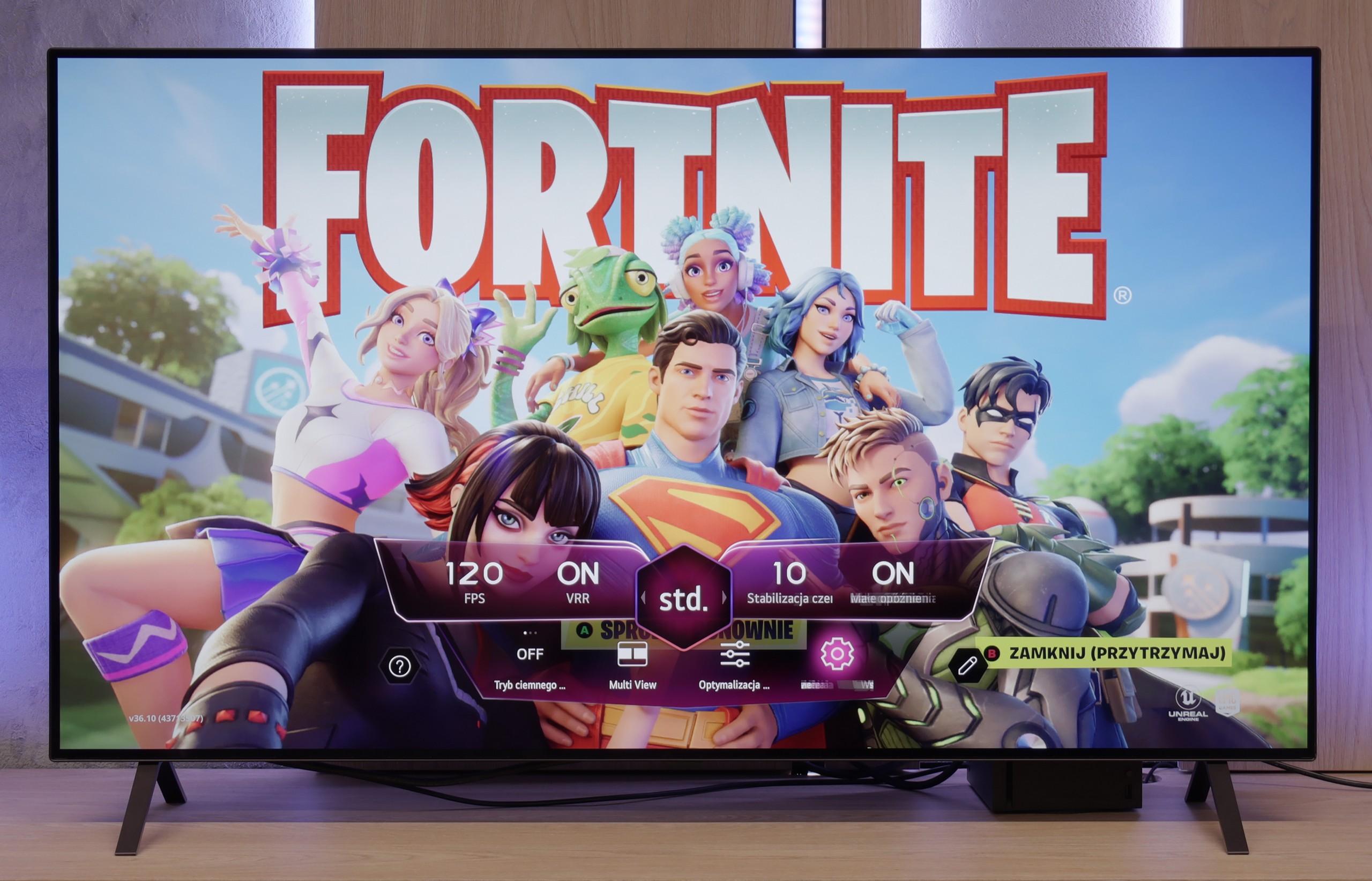

There are already a few televisions on the market with the label “for gamers” that, in practice, don’t understand what that means. The LG B5 is not one of them. Everything here is spot on – there are four HDMI 2.1 ports, it has 120 Hz, VRR, and ALLM, and it even has a Game Bar that is actually useful, not just looks good in the brochure. You connect your console – it works. You set 4K at 120 Hz – it works. You have an Xbox and want to play in Dolby Vision – it works too. And this is not in the sense of “theoretically supports”; it really turns on, looks good, and you don’t need to fiddle with the settings for half an hour. Additionally, there’s the HGiG picture mode that LG implemented correctly – which means HDR in games doesn’t turn the screen into a flash lamp, but shows exactly what it should. There are no surprises here, no strange limitations, no “buts.” And you know what? That’s how it should be. Cheers to the LG B5!
If someone is looking for a television for gaming, the Philips OLED770 is a contender that is hard to ignore. The mere fact that we have an OLED here provides an excellent starting point – perfect black and infinite contrast make evening sessions in atmospheric games look as if they were lifted straight from the cinema. On top of that, there is the Ambilight system, which consists of LEDs on the back of the television that extend the image onto the wall behind the screen. The effect is such that even playing FIFA can look like a small spectacle, and in horror games the atmosphere becomes truly thick. From a technical standpoint, it's also quite decent. The Philips OLED770 supports variable refresh rate (VRR) up to 120 Hz, has an automatic mode for gamers (ALLM), and if someone is using an Xbox Series X, they can also count on Dolby Vision support in games. One must only know that in this mode the input lag is slightly higher than standard, though still at an acceptable level. As a bonus, we get the “Game Bar” panel, which is a special tool bar for gamers. It isn’t the most conveniently designed solution, but it allows you to check key parameters without leaving the game. Overall, this results in a television that, on one hand, has all the essential gaming features, and on the other, can add something unique – Ambilight. And it is this mix of technology and visual effect that makes the OLED770 one of the better screens for gaming at home.
Input lag
9.9/10
9.8/10
SDR
HDR
Dolby Vision
Here we won't elaborate – the LG B5 simply has excellent input lag. For 60 Hz content, it achieves results below 10 ms, and for 120 Hz it even drops to around 5 ms. These are values that cannot be fairly critiqued. It simply works instantly, with no delays, no surprises. Well… almost. Because as usual, there is a small asterisk with the Dolby Vision Gaming mode. In this mode, the response time slightly increases. It’s nothing dramatic – they are still very low values, hardly noticeable during gameplay – but if you play exclusively competitive titles and fight for every millisecond on the XBOX, it’s worth keeping in mind.
As we mentioned earlier, the only anomaly that was detected during testing is the Dolby Vision Gaming mode. In this setting, the delay can reach up to 30 ms. This is not particularly impressive, and more demanding gamers may wrinkle their noses, but in practice – during casual sessions – the difference will not be strongly noticeable. Standard HDR10 and SDR modes perform much better. For a 120 Hz signal, input lag drops here to a minimal 5 ms, which is an outstanding result and places the OLED770 among the top televisions suitable for fast-paced gaming. In other words, if someone is not insistent on using Dolby Vision on Xbox, the gaming experience will be quick, smooth, and free of unnecessary delays!
Compatibility with PC
7.6/10
7.6/10
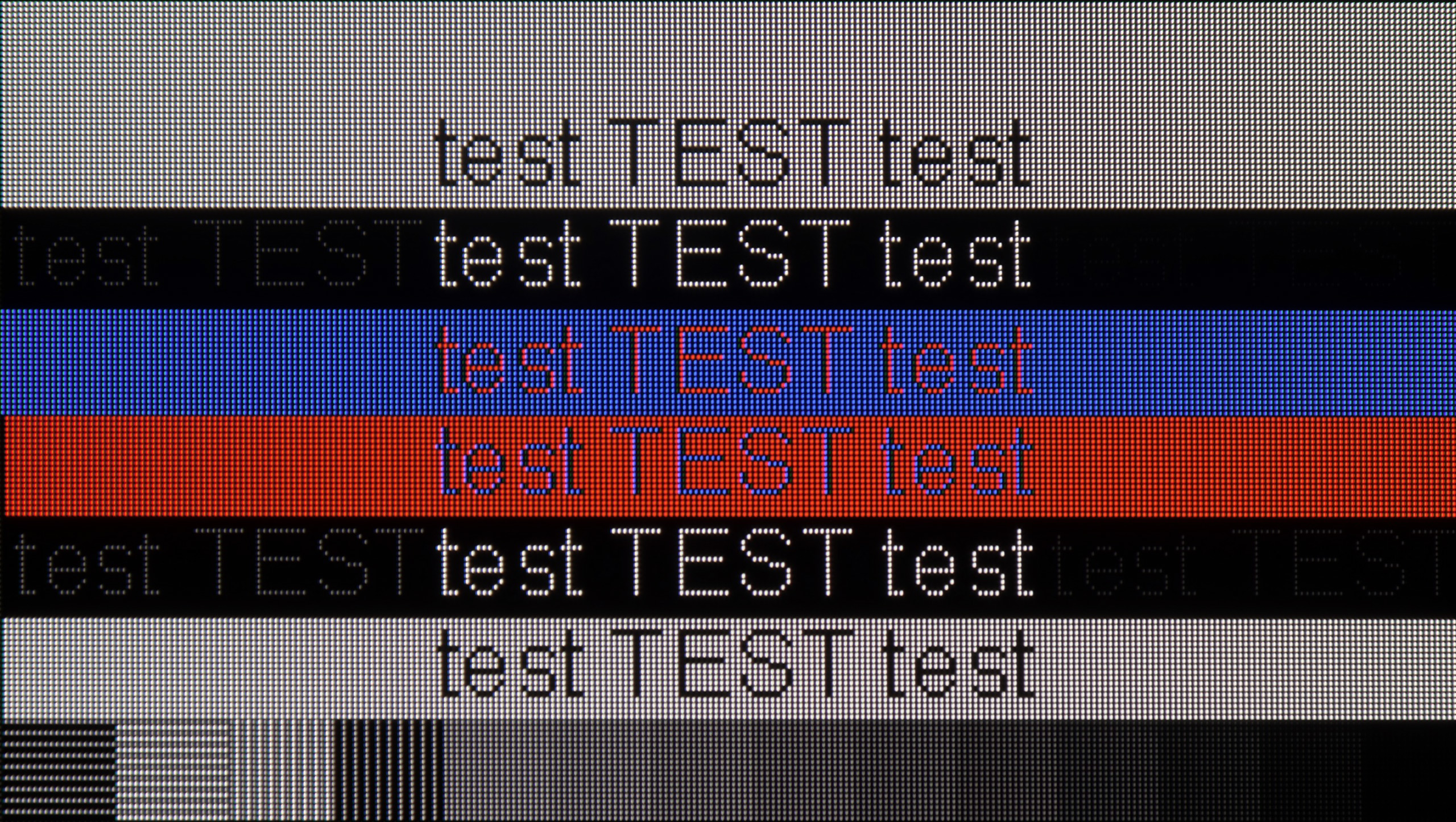

LG B5 is a television that communicates well with a computer. You won't find gaming frills like 144 or 165 Hz here, but is that really necessary for anyone? Thanks to the 120 Hz panel, low input lag, and G-Sync support, it's truly a very good screen for gaming on PC. No stuttering, no tearing, with lightning-fast response.
But it's not just for gaming. You can also quite comfortably... simply work on the B5. The television properly supports chroma 4:4:4, so fonts are readable, interfaces are clear, and your eyes won't hurt from blurred letters. This isn't a given, even among more expensive models. However, there is one 'but' – and this applies not only to the B5, but to any OLED with a WOLED panel. The RWGB subpixel arrangement can cause a slight shadow along the edges of fonts. This isn't something that stands out from the sofa. It's something that someone sitting with their nose to the screen and spending half the day in Excel would notice.
Philips has learned from previous models and has finally improved the implementation of chroma 4:4:4. This is important news for those planning to connect a television to a computer, as it means no issues with sharpness and readability of fonts. Text appears clear and transparent, so the OLED770 can aptly be called an excellent screen for office work or browsing the internet. Of course, very demanding users may notice some imperfections resulting from the WRGB pixel arrangement typical of WOLED panels, but in practice, this does not significantly impact comfort. The television also performs well in games run from a PC. The panel allows for real refresh rates up to 120 Hz, and with low input lag, it delivers a very smooth image without noticeable stuttering. The only missing features are support for G-Sync and – as we have mentioned – a proper 144 Hz mode, but despite this, the overall performance is really solid. For those looking for a versatile screen for both computer and console use, the OLED770 is a choice that is hard to overlook.
Viewing angles
7.4/10
7.7/10
In terms of viewing angles, the LG B5 performs very well – exactly as one would expect from an WOLED panel. No matter from which side you sit, the picture maintains its quality. The colours do not wash out, the contrast does not deteriorate, and the details remain clearly visible. However, it must be said that this is not the level of Samsung Display's QD-OLEDs. Those can hold colour saturation even better at extreme angles. But if you do not plan on watching films while sitting at a 90-degree angle – the B5 is more than sufficient. It is one of those televisions that is simply pleasant to look at – from every angle.
In terms of viewing angles, the Philips OLED770 presents a very high level typical of OLEDs. The image remains clear and vibrant even when viewing the screen from the side – there is virtually no noticeable drop in contrast or colour fading. In this category, it is only surpassed by QD-OLED panels, which can be found either in very expensive premium models or in one exceptional case – the 55-inch Samsung S85F. However, in everyday use, the differences are difficult to detect, and the OLED770 performs nearly perfectly anyway. It is only at truly extreme angles that a slight degradation of colours can be noticed.
Daytime performance
4.9/10
4.8/10
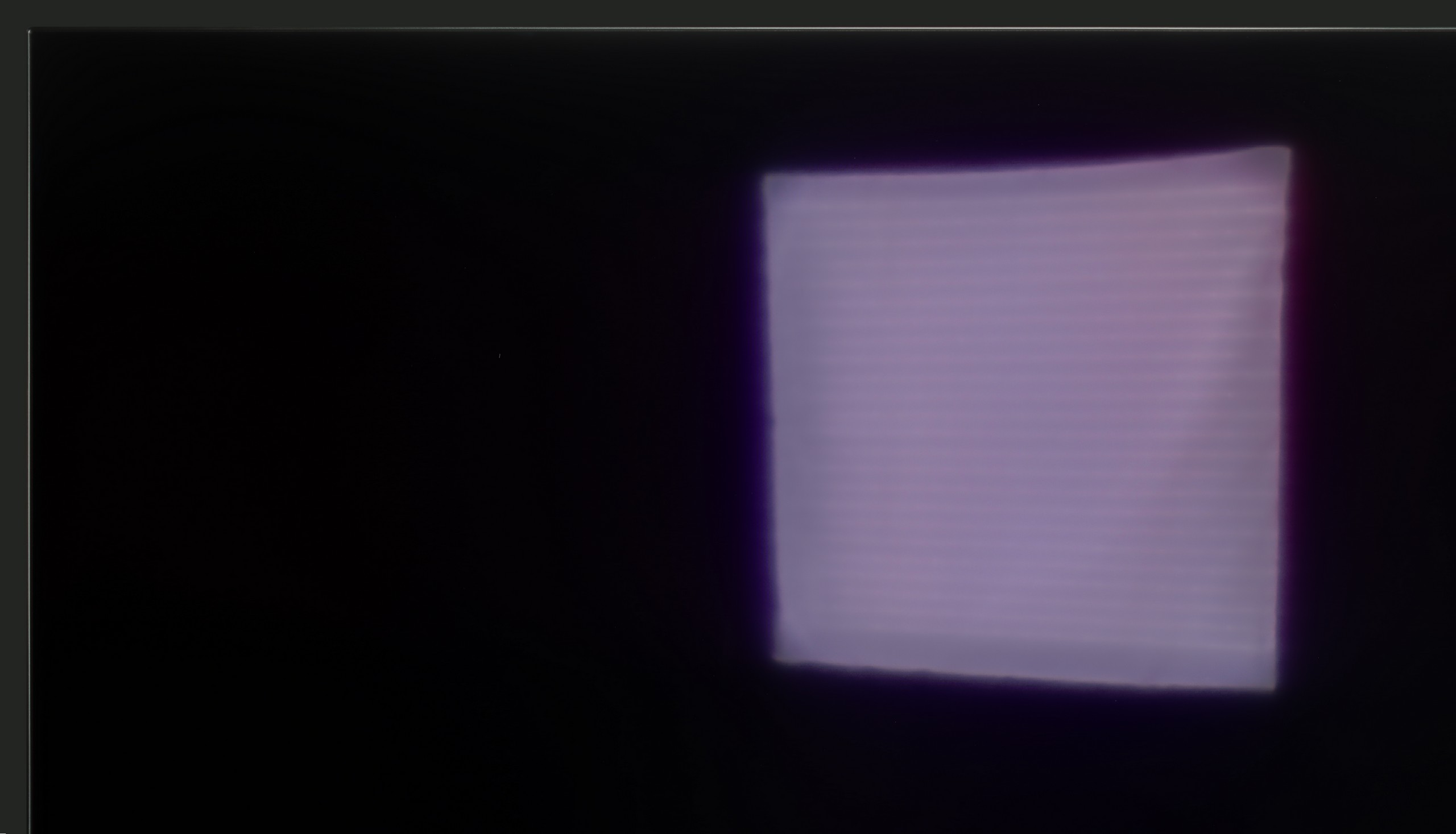



Panel brightness
Average luminance SDR
Philips OLED770: 249 cd/m2
LG OLED B5: 279 cd/m2
LG B5 is a television that feels best after dark. But when the sun comes out, it becomes a challenge. The brightness of this model is rather average, and the anti-reflective layer... also average. There are no special coatings here that handle reflections or very bright daylight well. So if you plan to place this television opposite a large, uncovered window – it could simply be difficult to see anything.
Fortunately, there is something worth praising: the glossy WOLED panel maintains colour saturation well. Even in difficult conditions, the image does not fade and does not become "washed out," as can happen with some models of televisions. Generally, it is watchable, but if you are looking for a television specifically "for a bright living room," then the B5 should not be your first choice.
OLED770 is not one of the brightest televisions, so it is hard to recommend it for very sunny living rooms. In a bright room, its limitations quickly become apparent – the screen reflects light and acts rather like a slightly dimmed mirror. The suppression of reflections is average, and in direct light, the screen performs poorly. Fortunately, the matrix coating does not distort colours, so even during the day, the hues remain natural, and blacks do not dramatically lose their depth. Nevertheless, it is difficult to say that the OLED770 is a television made for bright spaces – it will definitely perform better in a dimmed living room or a bedroom, where its strong points can fully resonate.
Panel details
Subpixel Structure:

Panel uniformity and thermal imaging:


TV features
7.9/10
5.5/10
- HDMI inputs0 x HDMI 2.0, 4 x HDMI 2.1 48Gbps0 x HDMI 2.0, 4 x HDMI 2.1 48Gbps
- OutputsToslink (Optical audio), eARC (HDMI), ARC (HDMI)Toslink (Optical audio), eARC (HDMI), ARC (HDMI), Mini-Jack (Headphones)
- Network InterfacesWi-Fi 2.4GHz, Wi-Fi 5GHz, Ethernet (LAN) 100MbpsWi-Fi 2.4GHz, Wi-Fi 5GHz, Ethernet (LAN) 100Mbps
- TV receptionDVB-T, DVB-T2, DVB-S, DVB-S2, DVB-CDVB-T, DVB-T2, DVB-S, DVB-S2, DVB-C
Classic features:
- Recording to USB (terrestrial TV)
- Recording programming
- Picture in Picture (PiP)
- RF remote control (no need to aim at the screen)
- Backlit remote control
- Teletext
- Audio only mode
- Bluetooth headphones support
- Simultaneous Bluetooth headphones & TV audio
Smart features:
- AirPlay
- Screen mirroring (Windows Miracast)
- Voice search
- Voice search in native language
- Ability to connect a keyboard and mouse
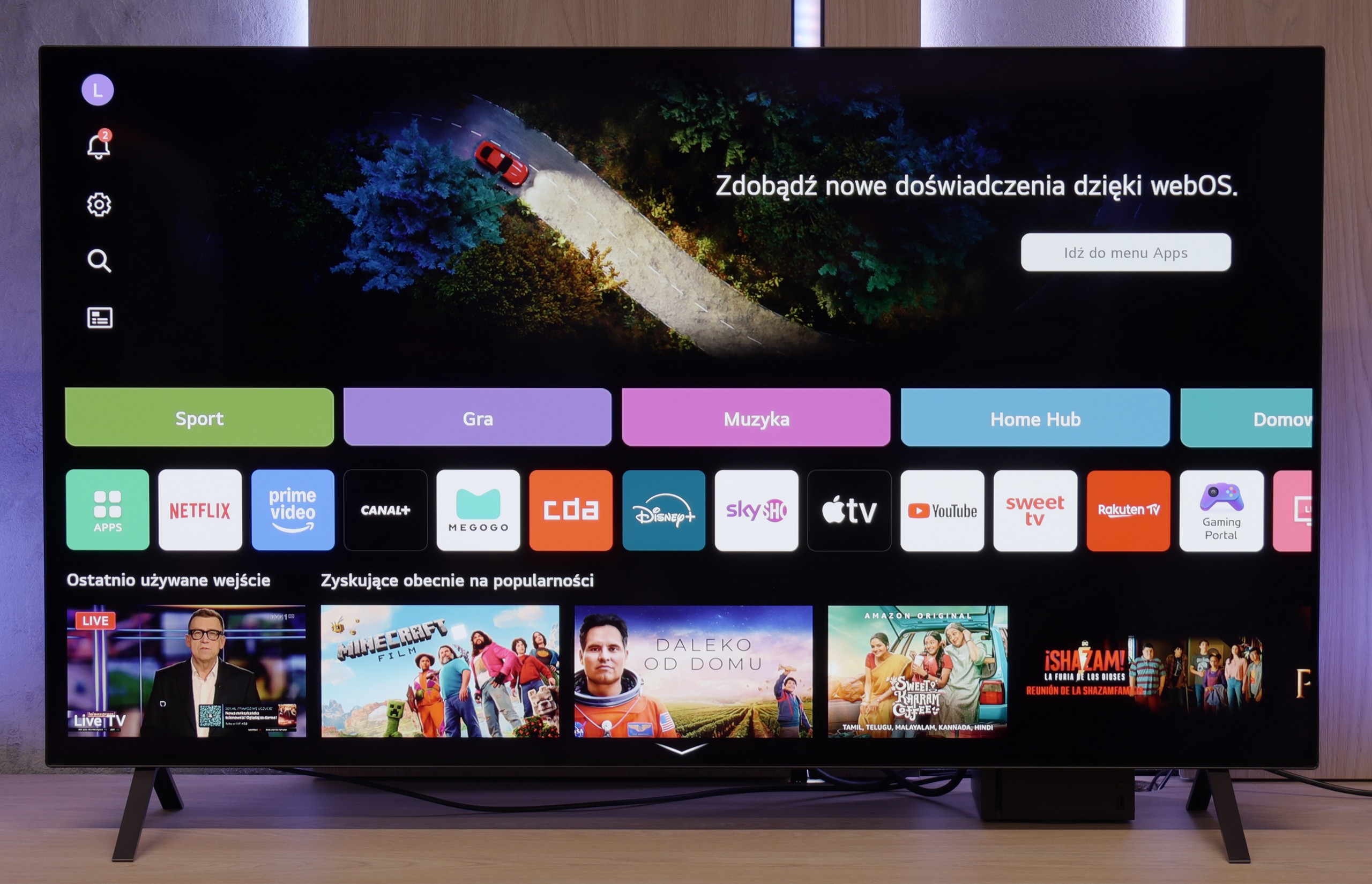
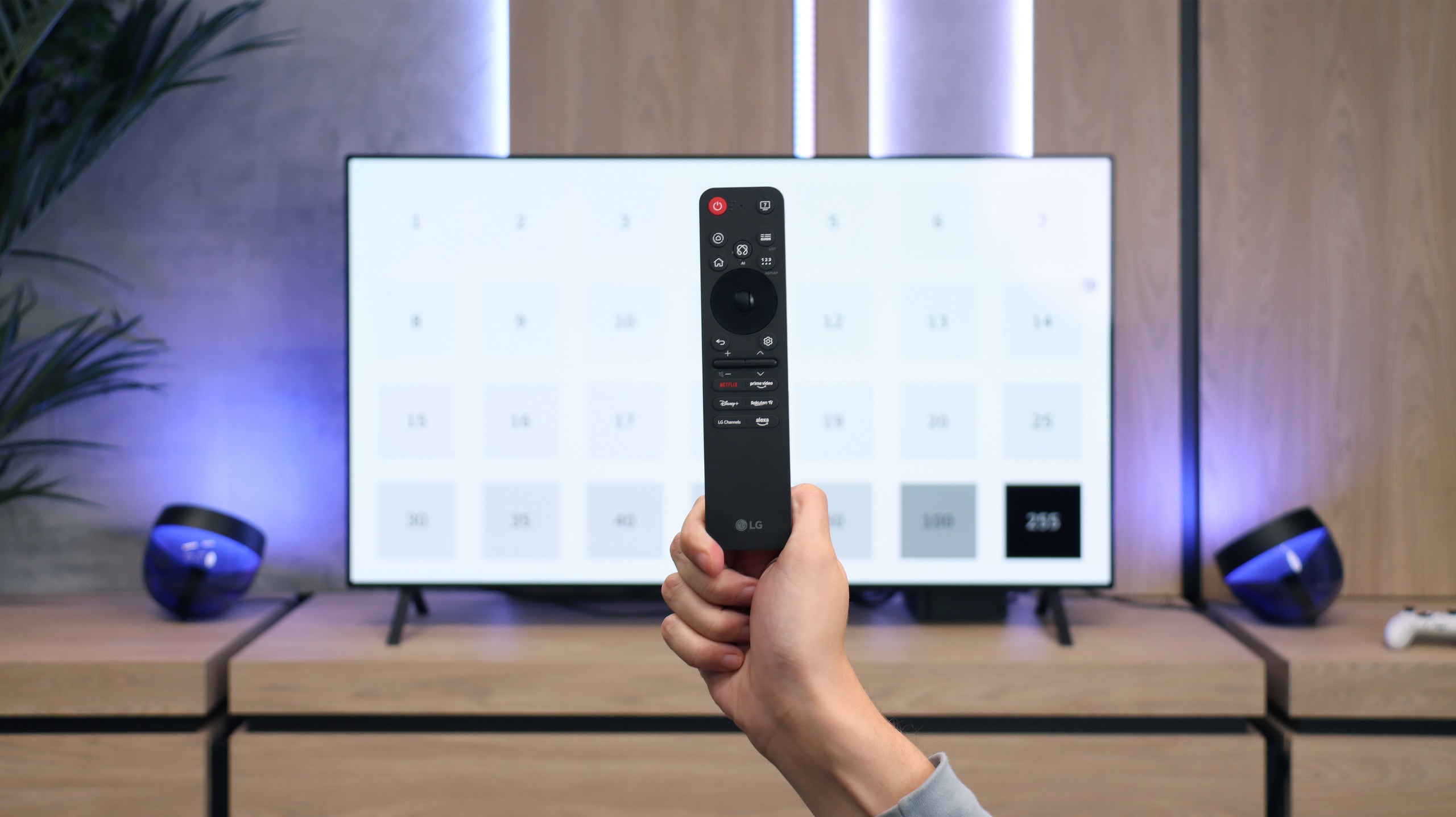
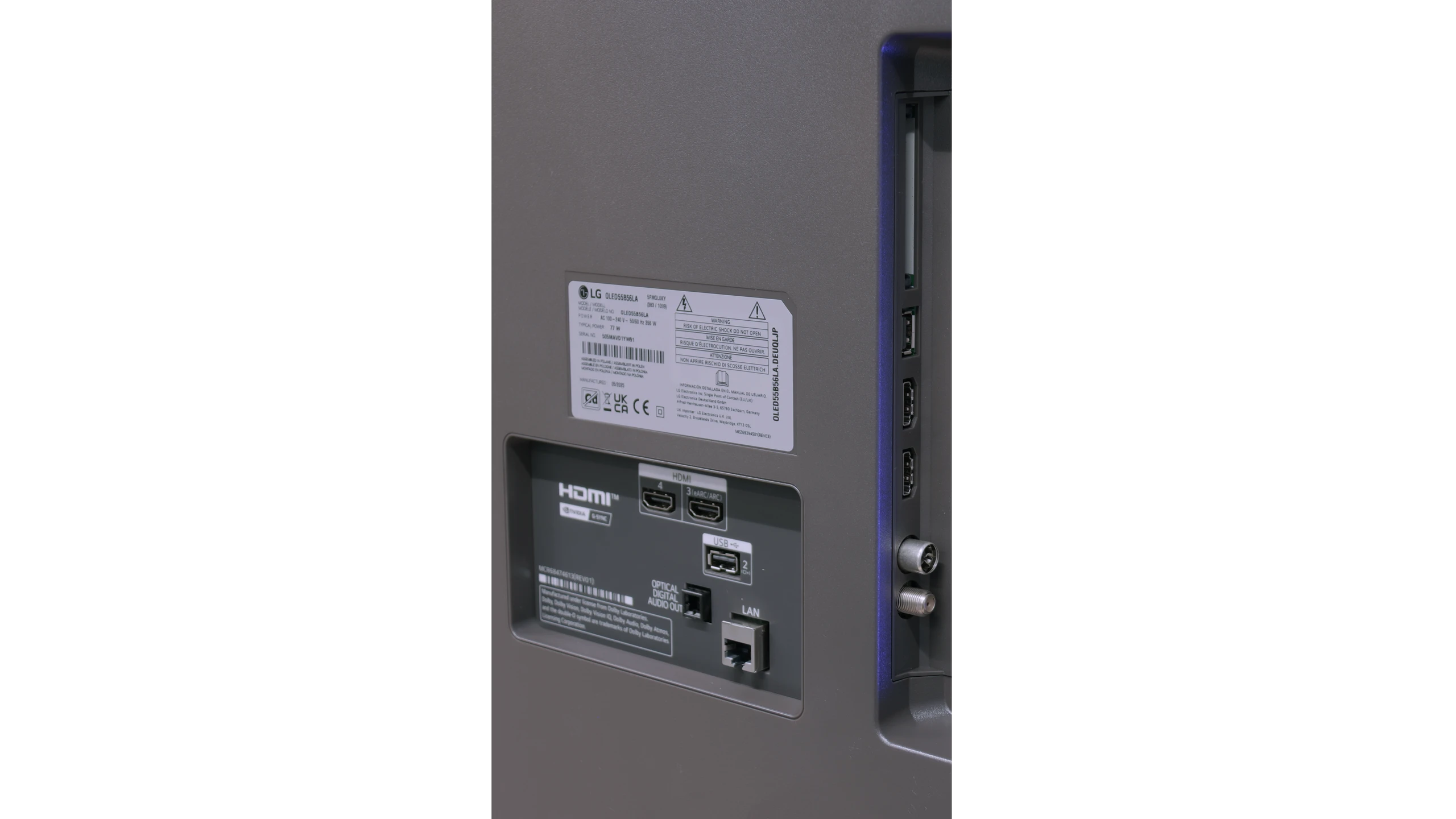




User features
Although the LG B5 is modern equipment, it hasn't forgotten about those who sometimes just want to... watch television. Without apps, without accounts, without logging in anywhere. It comes with built-in DVB-T2 tuners and the ability to record onto USB, along with a clear and fast EPG guide. Is that not enough? There’s even a working teletext – for many, probably a relic, for others, a daily necessity. We also appreciate the option to turn off the picture and leave just the sound, which is great for listening to music. And if you want to watch quietly – you can easily pair Bluetooth headphones, without a struggle with settings and without delays. Everything works as it should.
SMART TV: webOS
The biggest distinguishing feature of the webOS system – still! – is the way it is controlled. The Magic remote that comes with the LG B5 (in our version B56 – without a numeric keypad) works like a magic wand. You point, click, select. And it simply… works. Intuitively, quickly, and without unnecessary side-to-side clicking. Additionally, there’s an AI voice assistant – quite efficient. You can summon it directly from the remote and use your voice to search for content, change settings, or switch sources. WebOS may not be the most "modern" system on the market, and the built-in ads can be annoying, but when it comes to user convenience – especially with the Magic remote – it still outpaces the competition by a step.
User Functions
Let’s start with the basics, namely the classic functions of a television. The Philips OLED770 doesn’t rock the boat here; it has a standard EPG interface, the ability to connect devices via Bluetooth, and a few simple configuration options, including teletext. A curiosity is the presence of a jack connection, which has become quite rare these days. However, it will be appreciated by owners of older amplifiers or wired headphones. The remote control gives a good impression—it's ergonomic and has backlighting for the numeric keypad—but here too, there is a sense of a step back. It operates on infrared, so you have to aim at the television, and we would expect full wireless support by 2025. The exception is voice commands that use Bluetooth, but even here there is no cause for euphoria.
SmartTV Features – TitanOS
Speaking of voice, let’s move on to the Smart TV system, which largely defines the daily comfort of using a television today. Here, the OLED770 clearly falls behind the competition. TitanOS operates quickly enough that it’s hard to call it a disaster, but everyday use can be frustrating due to minor errors and shortcomings. Theoretically, we get support for AirPlay, but on the other hand, screen mirroring didn’t work at all in practice. Voice search? Yes, but only through Amazon Alexa and without support for the Polish language. In other words, the features exist, but when we try to use them, their utility turns out to be severely limited, even useless. And it is the Smart TV aspect that becomes the biggest hindrance for the OLED770. The picture can be breathtaking, gaming performs excellently, and Ambilight creates a unique atmosphere—yet when we move to everyday use of applications and services, we feel a sense of dissatisfaction.
Ambilight – Philips OLED770
While in terms of smart functionality, the Philips OLED770 is rather average, it has something in store that the competition genuinely envies. We are of course talking about the three-sided Ambilight system, which has been a hallmark of televisions from this brand for years. The LED lights positioned at the back of the casing dynamically illuminate the wall in colours matching what is currently happening on the screen. The effect is simple but very suggestive—the image seems to extend beyond the confines of the television, giving us the impression that the screen has suddenly grown by extra inches. During a film viewing, it can create an atmosphere, in games it enhances immersion, and during everyday television watching, it simply pleases the eye. It is this addition that makes, despite the limitations of TitanOS, the OLED770 have something that can attract attention and give it character.
Playing files from USB
8.6/10
8.5/10
Supported photo formats:
Maximum photo resolution:
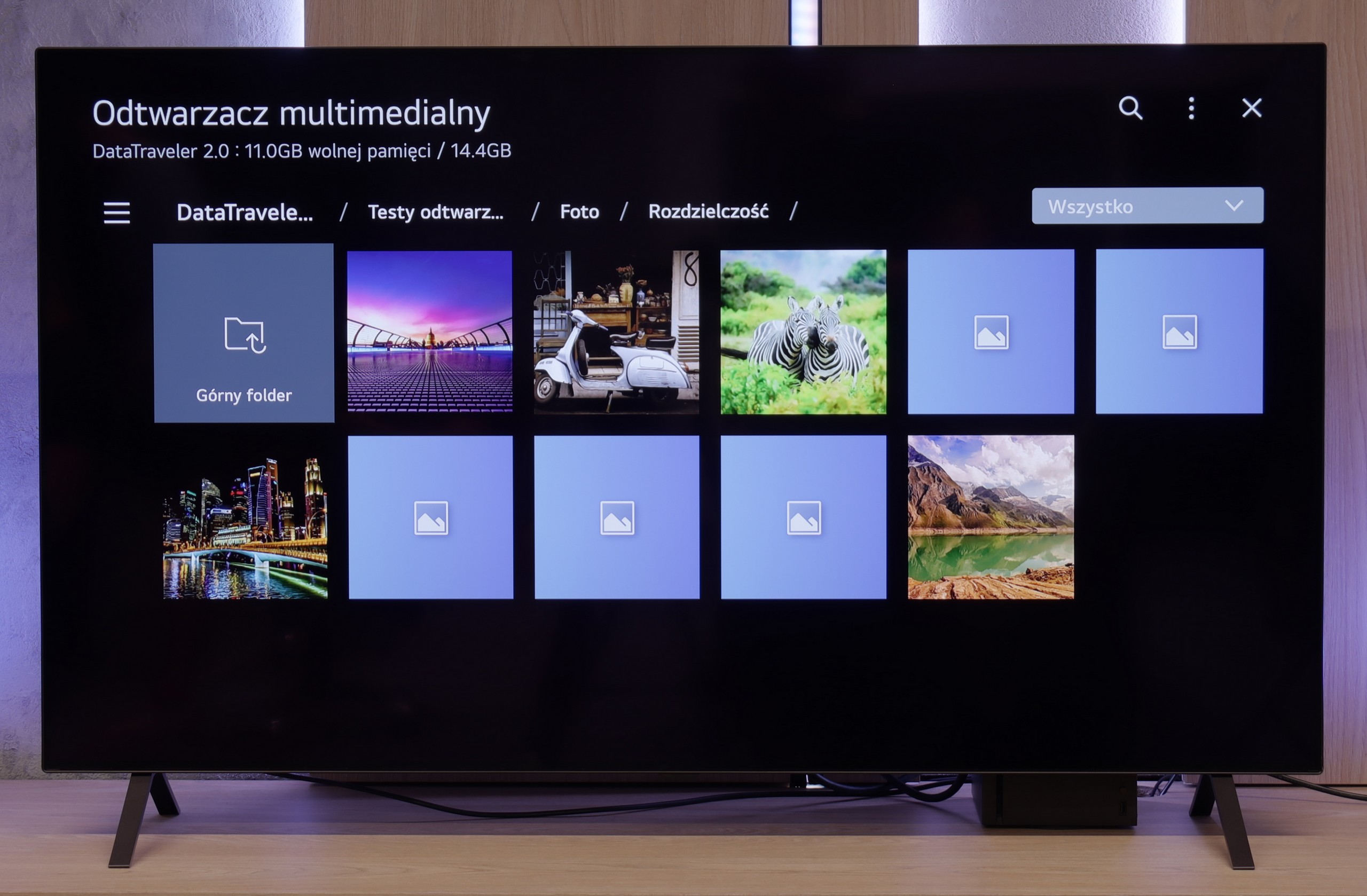

LG B5 handles files from USB as it should. Most popular formats work flawlessly, and subtitles – even with Polish characters – are displayed correctly. You can easily play a movie from a USB stick or have a weekend slideshow of your holiday photos without worrying that something will go wrong. However, there was a surprise with HEIC format files – that is, photos saved by Apple devices. While the LG C5 had no issues with them, the B5 stubbornly refused to cooperate and was unable to display them. A minor hiccup that probably won't affect everyone, but it's worth knowing about.
The built-in media player in the Philips OLED770 works quite well, especially when it comes to subtitles – practically every format we tried was handled correctly, which will certainly please those watching films from their own library. However, there are some reservations regarding photo support. Not all resolutions are recognised, which may surprise users accustomed to viewing photographs from classic cameras or older memory cards. Other than that, everything works properly – it’s just worth ensuring that the television can manage the files we actually want to play on it.
Apps
9.1/10
6.7/10














































Sound
7/10
7/10
- Maximum volume85dB80dB
- Dolby Digital Plus 7.1
- Dolby True HD 7.1
- Dolby Atmos in Dolby Digital Plus (JOC)
- Dolby Atmos in Dolby True HD
- DTS:X in DTS-HD MA
- DTS-HD Master Audio
We weren't expecting miracles – after all, the LG B5 doesn’t have an advanced audio system, and its built-in speakers look... well, like those in most flat-screen televisions. And yet – it sounded really pleasant. The dialogues are clear, the sound doesn’t boom, and during a calmer viewing, we didn’t immediately feel the need to connect a soundbar. It's a pity that this year LG decided to cut something that worked in the previous generation. We're of course talking about support for DTS formats, which we will no longer find in the B5. If you have films encoded in this format – you'll need to rely on an external player.
In terms of sound, the Philips OLED770 performs quite well, although one shouldn’t expect strong bass. For regular television watching, streaming services, or series, its capabilities are fully sufficient – dialogues are clear, and the overall tonal balance is at a decent level. However, when we want to feel a real impact in cinematic productions or games, it quickly becomes apparent that there is a lack of solid low-end frequencies. In such a situation, a natural complement is an additional soundbar or audio system that allows you to make the most of the excellent picture.
On the plus side, versatility in handling formats is noteworthy. The OLED770 handles practically all popular codecs, including Dolby Atmos, DTS:X, and Dolby TrueHD. This means that when connecting external audio equipment, you can expect a full audio experience, even if the built-in speakers in the television do not create a spectacular impression.
Sound Quality Test
No sound test video
Acoustic Measurements
85dBC (Max)
75dBC
80dBC (Max)
75dBC
